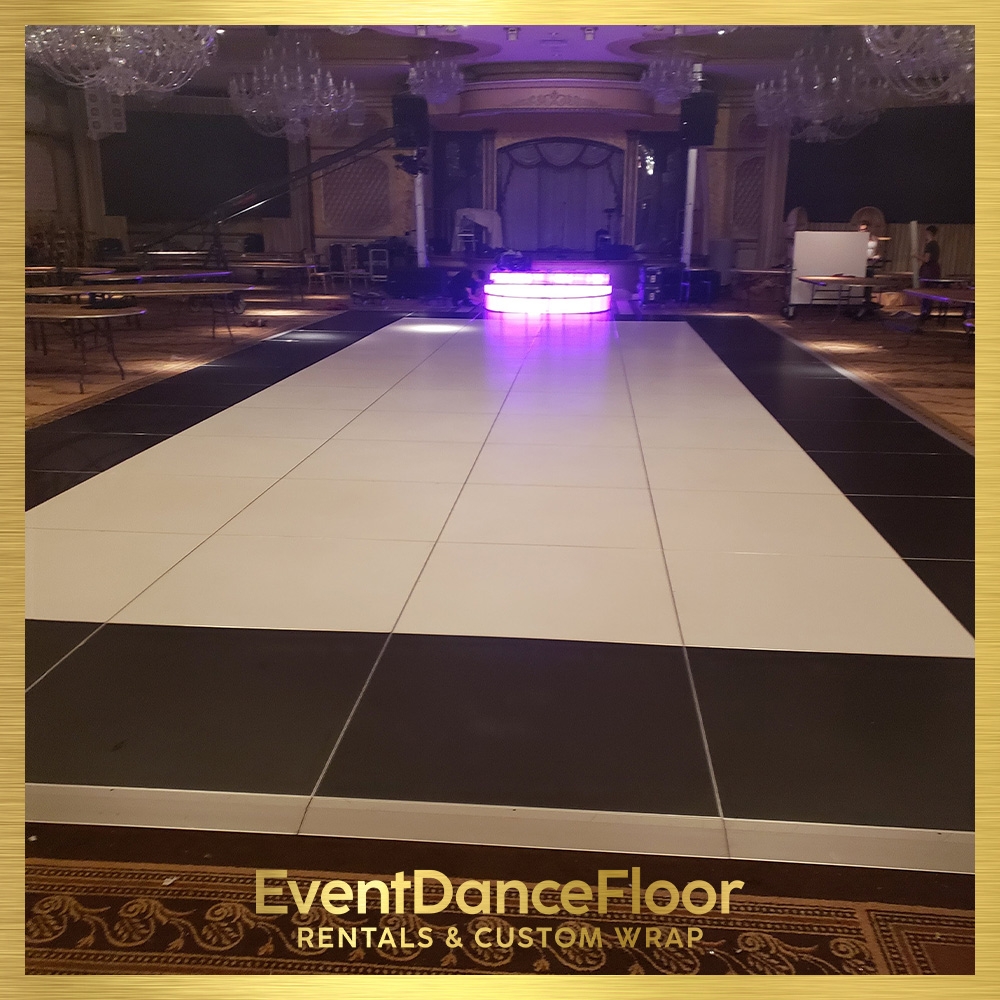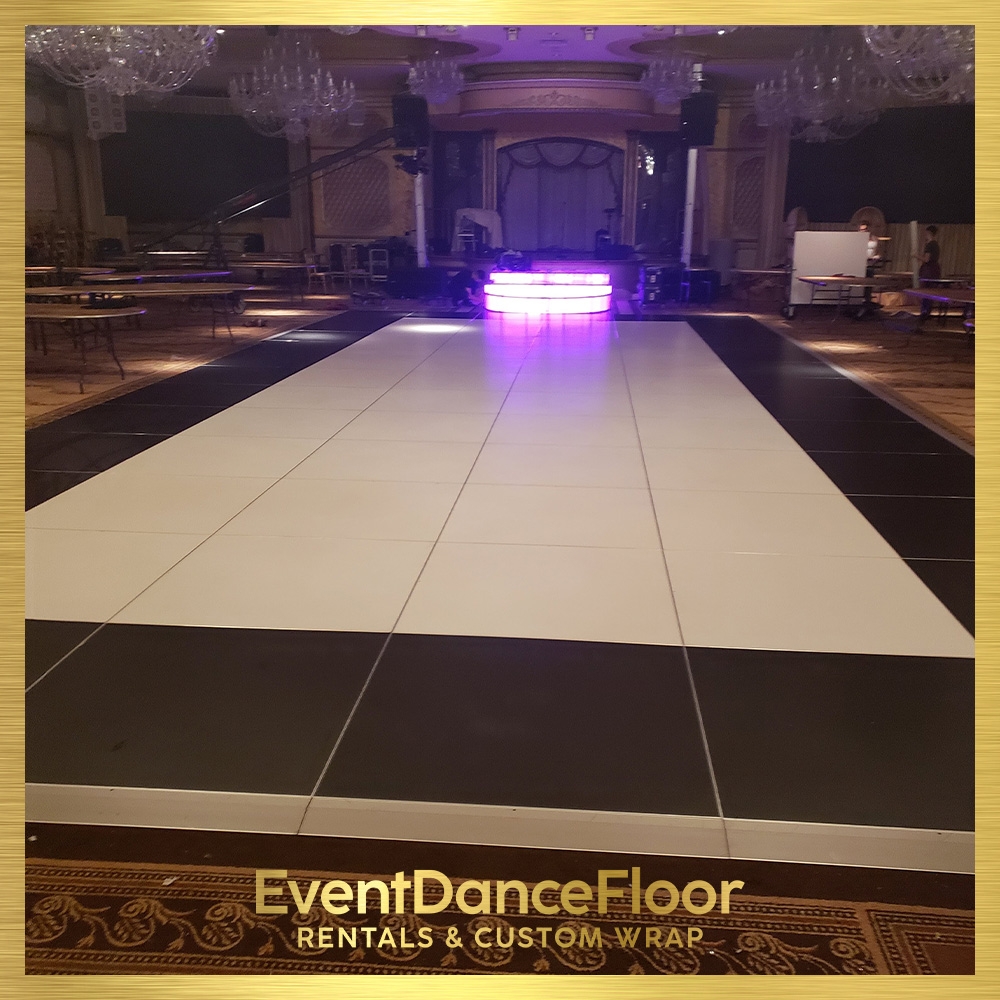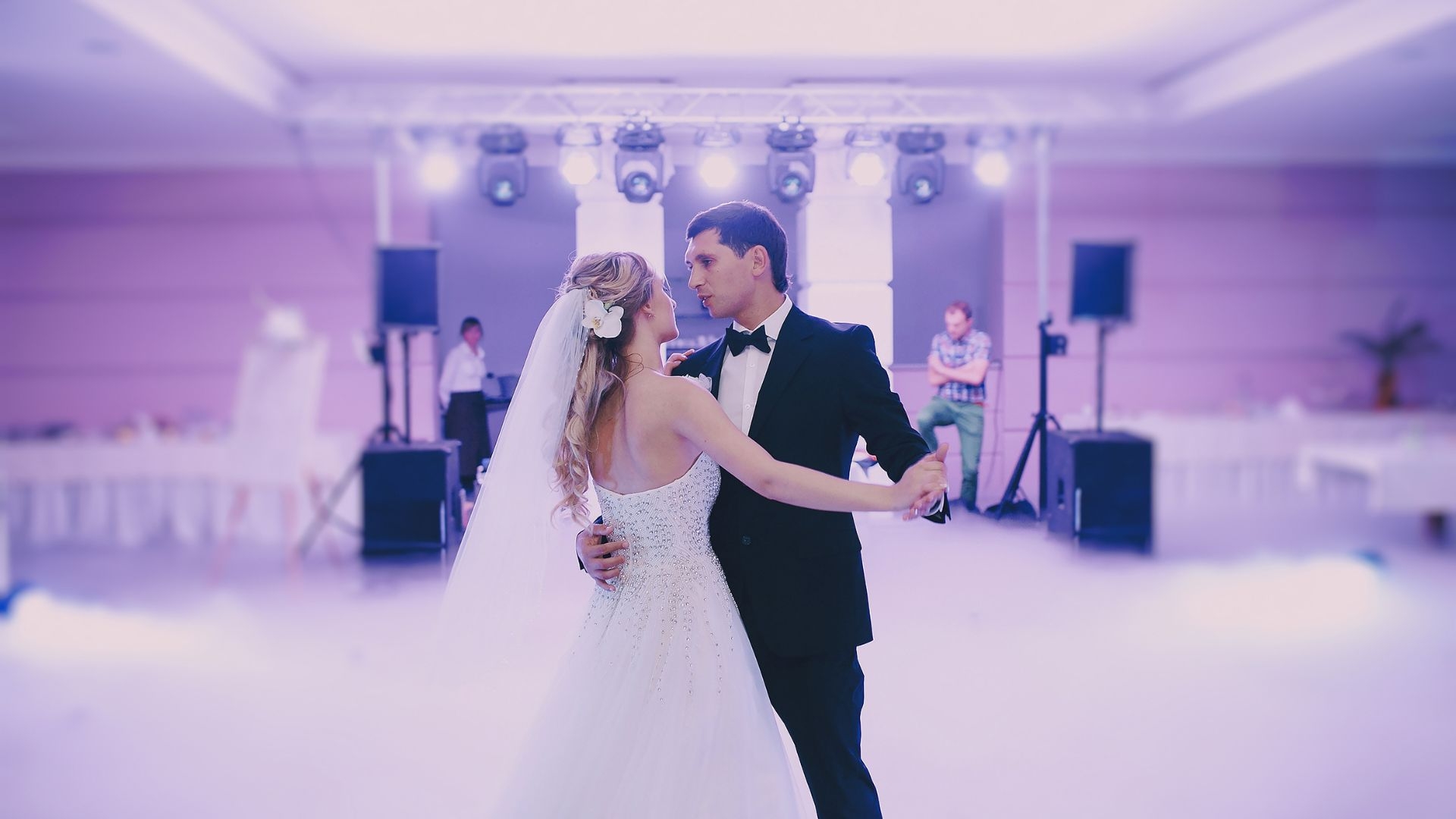Subflooring for Dance
What are the benefits of using sprung subflooring for dance studios?
Sprung subflooring offers numerous benefits for dance studios, including enhanced shock absorption, reduced impact on joints, improved energy return, and increased comfort for dancers. By incorporating a system of flexible supports beneath the dance surface, sprung subflooring helps to cushion landings and movements, ultimately reducing the risk of injuries and fatigue during intense dance sessions.








